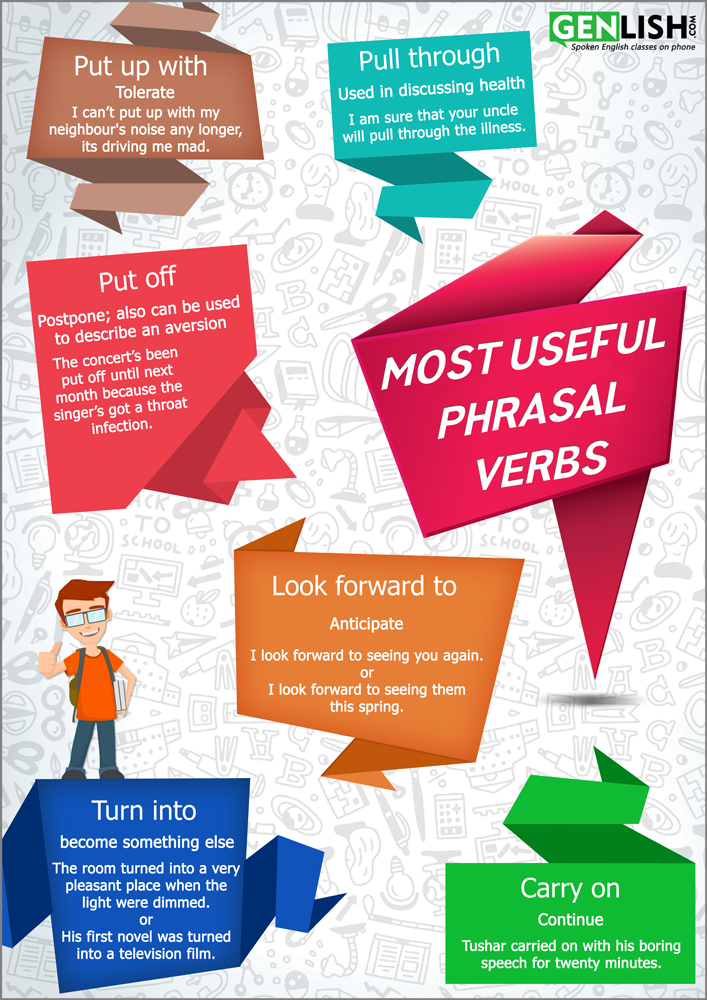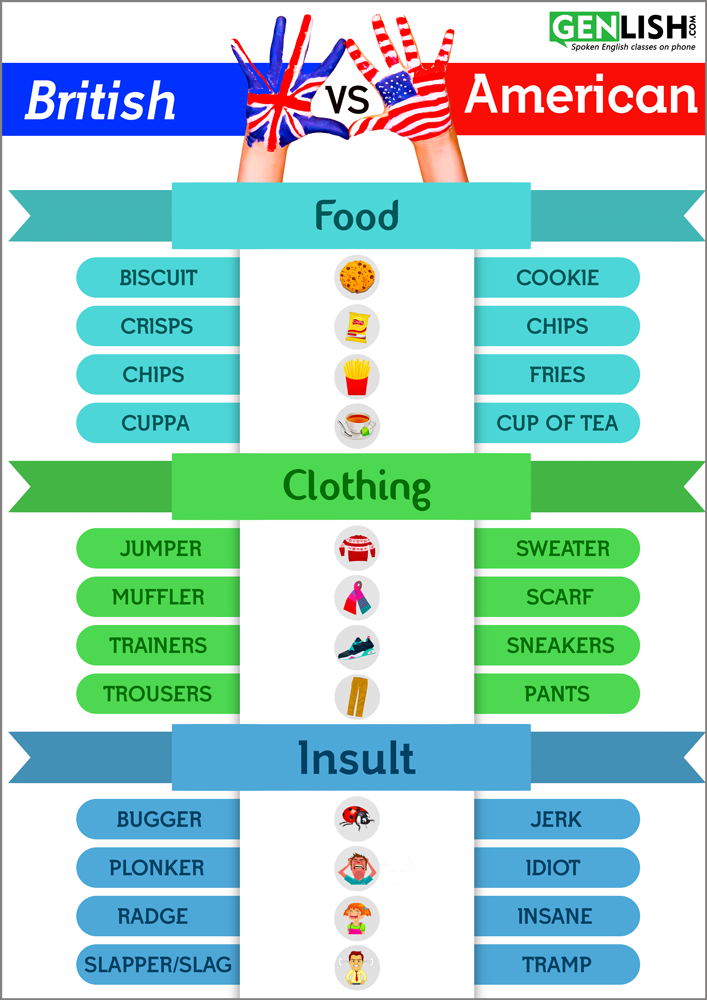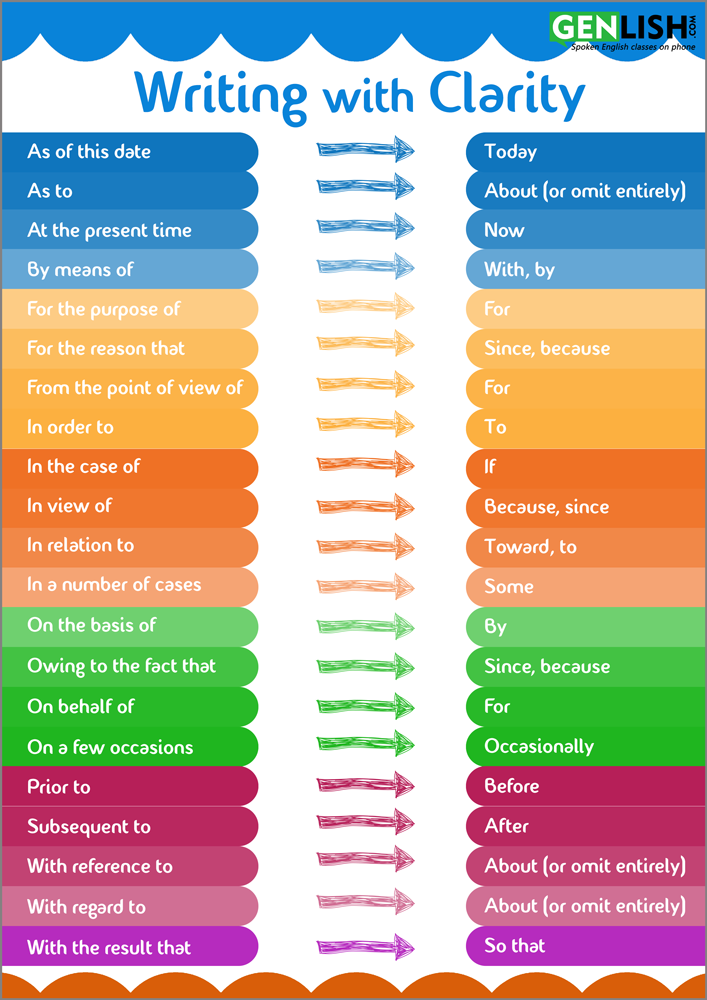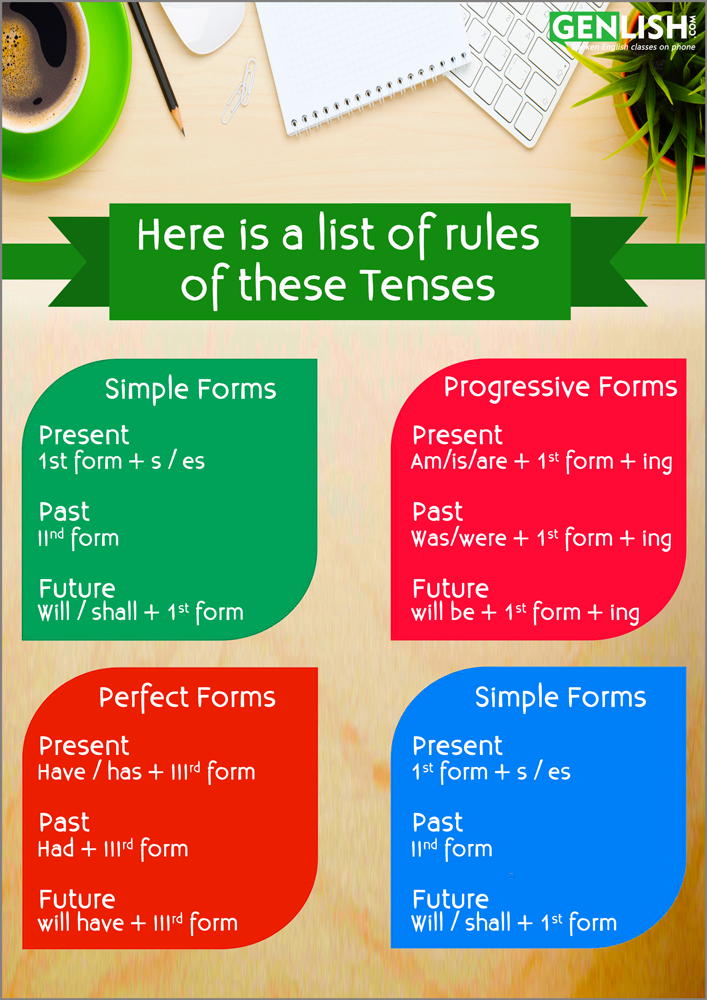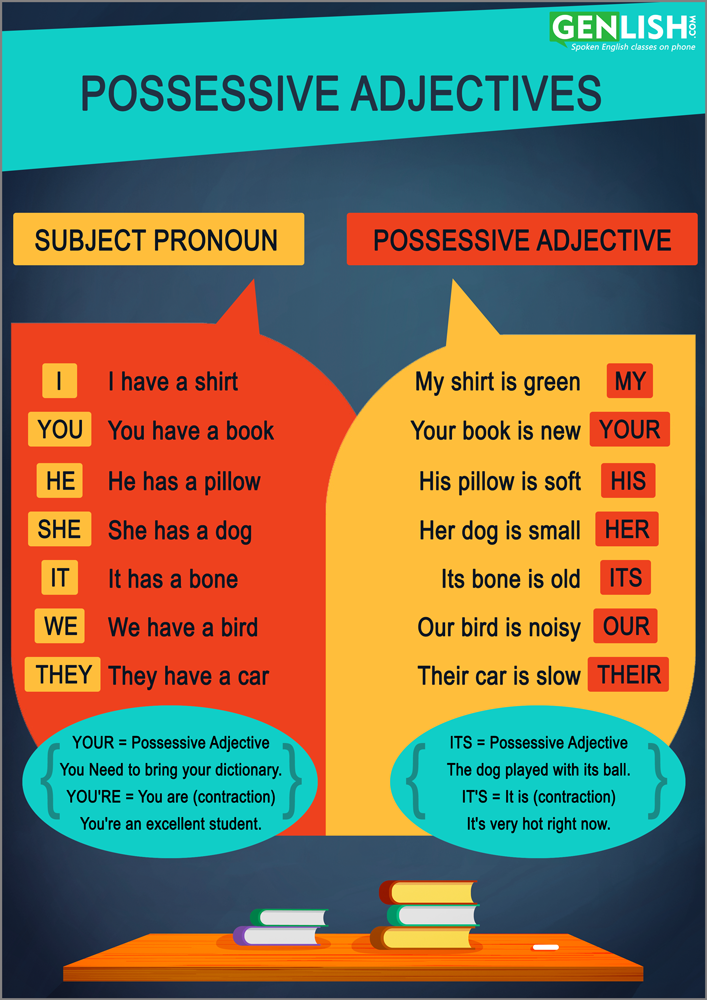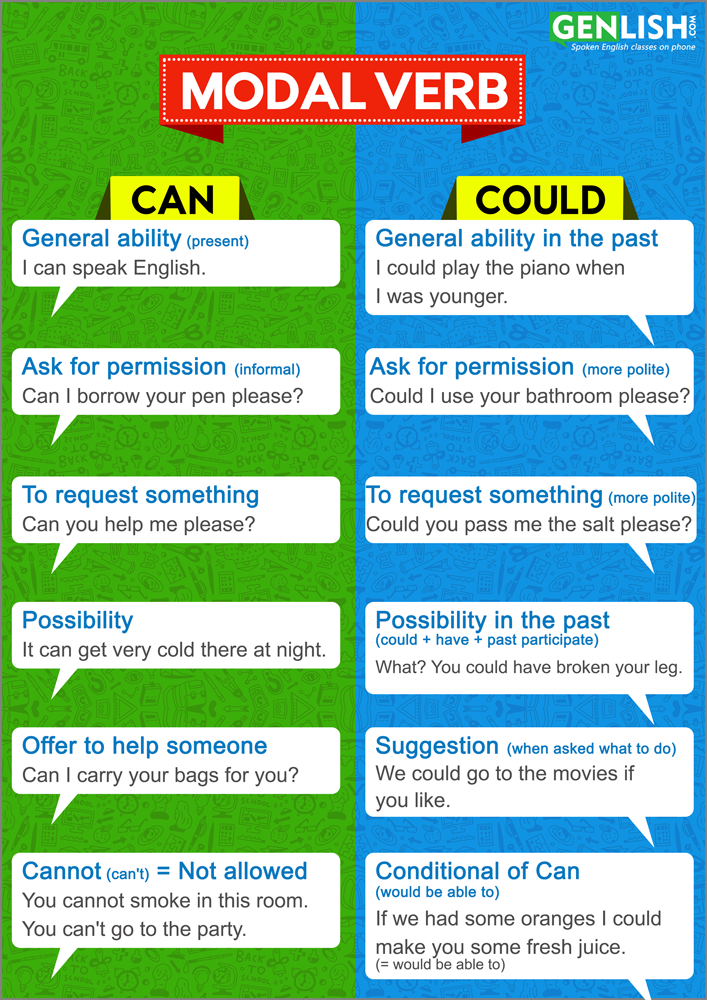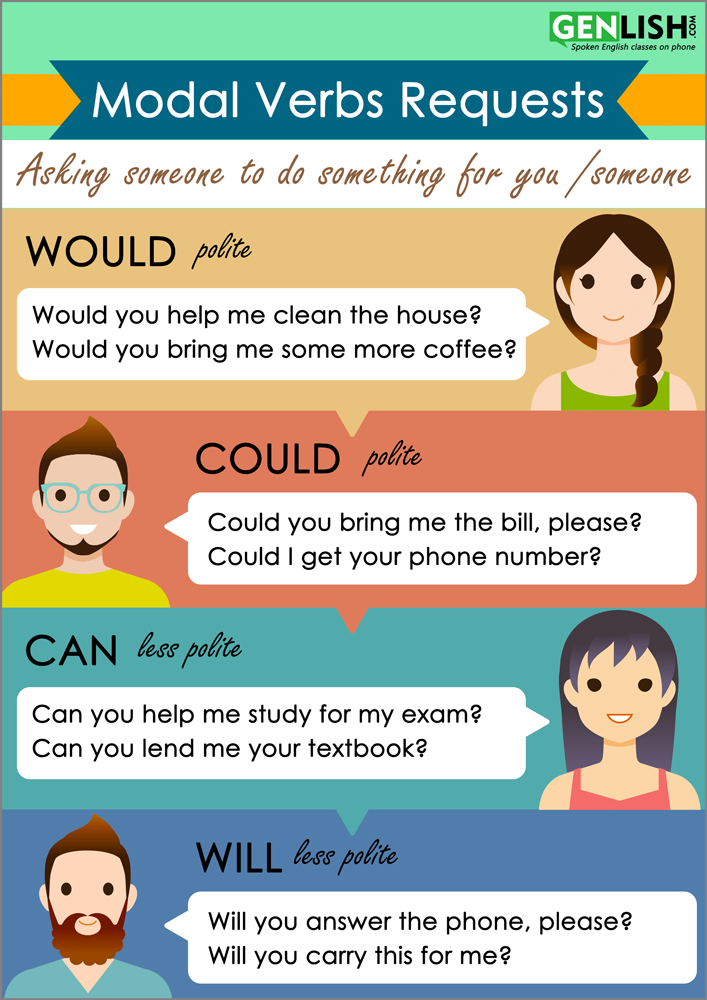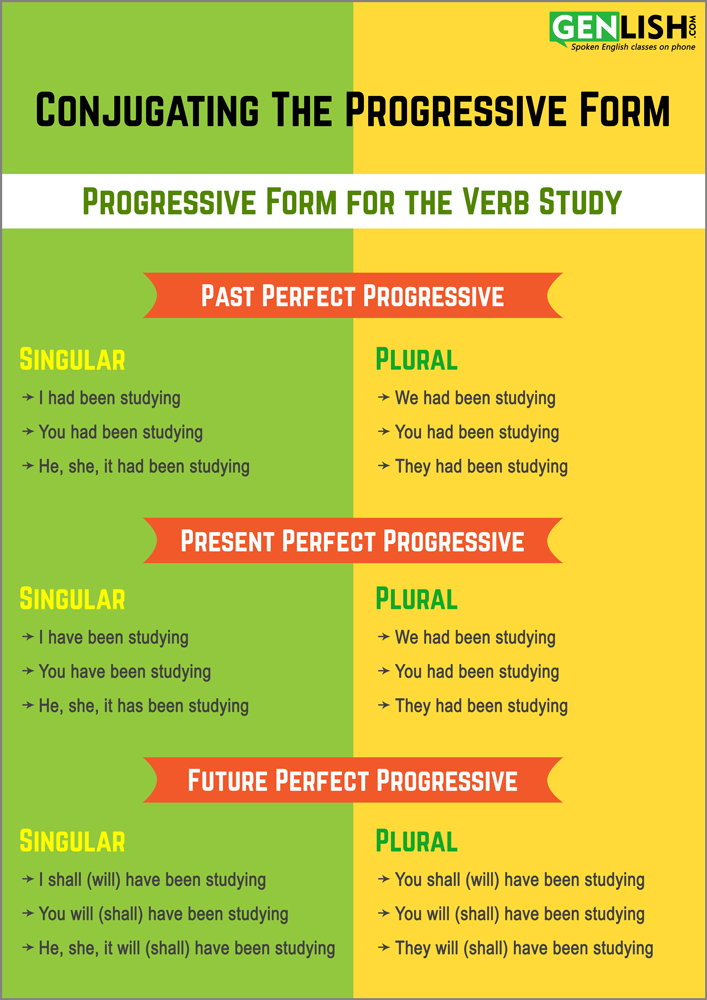Phrasal verbs open up a whole new world of possibilities for speaking English. They are phrases that give verbs completely different meanings. They are also used incredibly often in everyday conversation, which makes them important to know. For example, with phrasal verbs, when your kitten comes across (finds) your paper cranes and makes one fall down (drop), you can …
Month: July 2016
Homonyms and Homophones
Homonyms are words that sound alike but have different meanings. Homophones are a type of homonym that also sound alike and have different meanings, but have different spellings.
British V/S American
Given the amount of places around the world that English is spoken, various differences are bound to emerge. Despite how much the USA and UK have in common, there are enough differences between their two versions of the English language that someone may not always understand exactly what someone from the other country is saying. …
Writing with Clarity
It’s important to build a strong base if you aspire to speak fluently in English. This Writing with Clarity chart will help you out!
Tenses Rules
Verbs come in three tenses: past, present, future. The past is used to describe things that have already happened (e.g. earlier in the day, yesterday, last week, three years ago). The present tense is used to describe things that are happening right now, or things that are continuous.
Possessive Adjectives
Possessive adjectives are used to show possession or ownership of something. While we use them when we refer to people, it is more in the sense of relationship than ownership. The possessive adjective needs to agree with the possessor and not with the thing that is possessed. The possessive adjectives in English are as follows.
Can – Could
The main ways in which the verb can is used are given below. In some cases, couldfunctions as the past tense of can, but there are some important usage differences between the two.
Modal Verbs
Modals (also called modal verbs, modal auxiliary verbs, modal auxiliaries) are special verbs which behave irregularly in English. They are different from normal verbs like “work, play, visit…” They give additional information about the function of the main verb that follows it.
Conjugating The Progressive Form
It’s important to build a strong base if you aspire to speak fluently in English. This Progressive Form chart will surely help you out!

